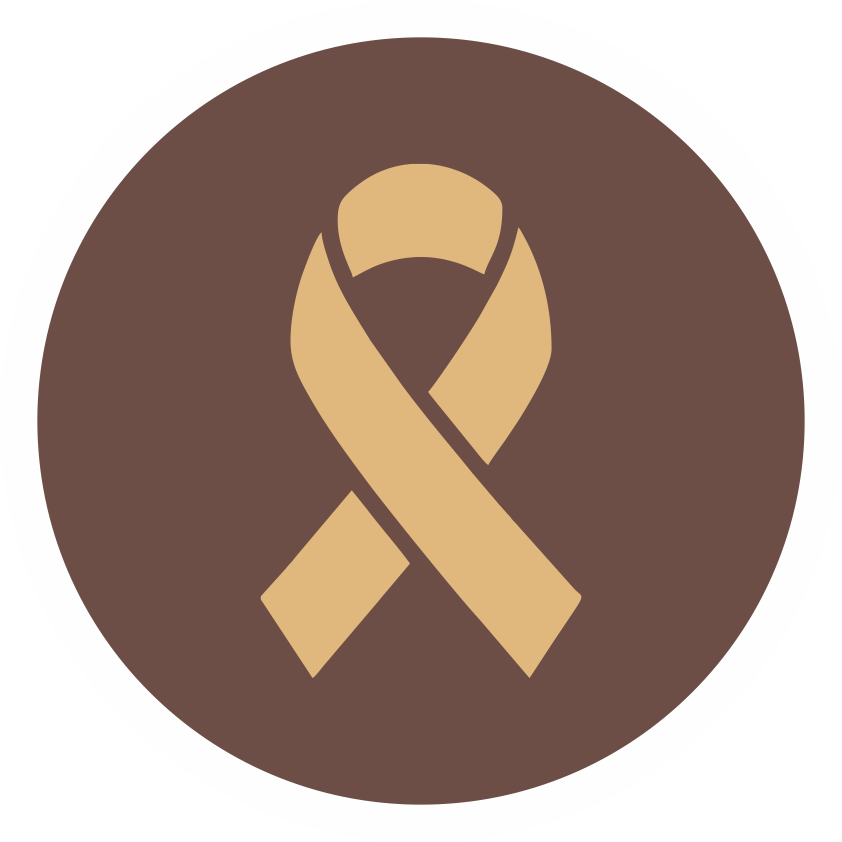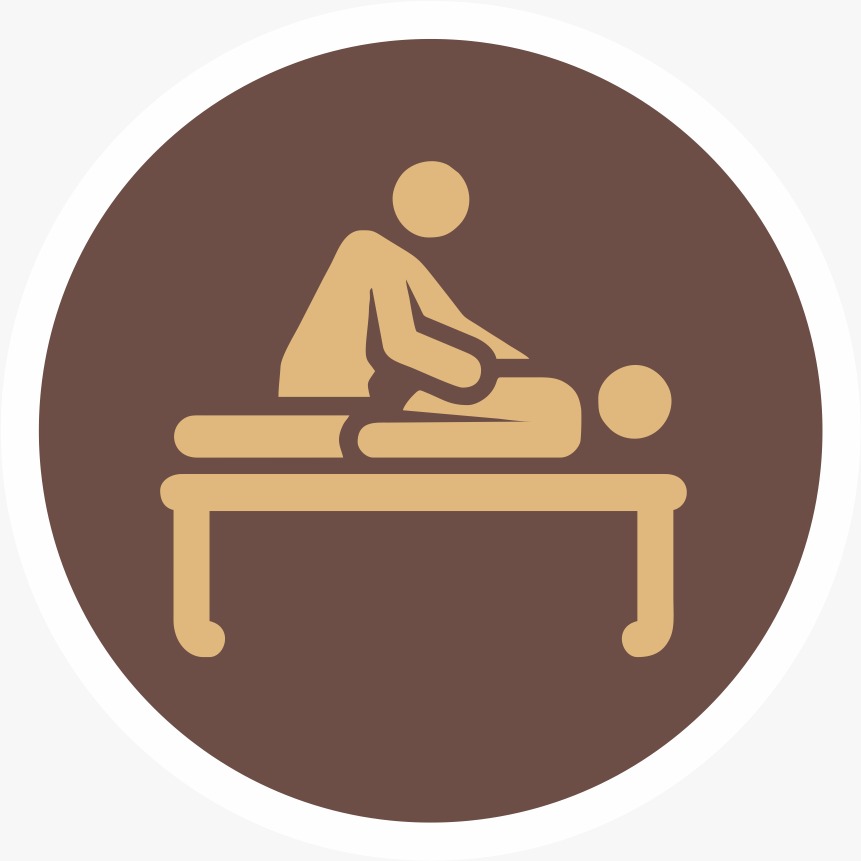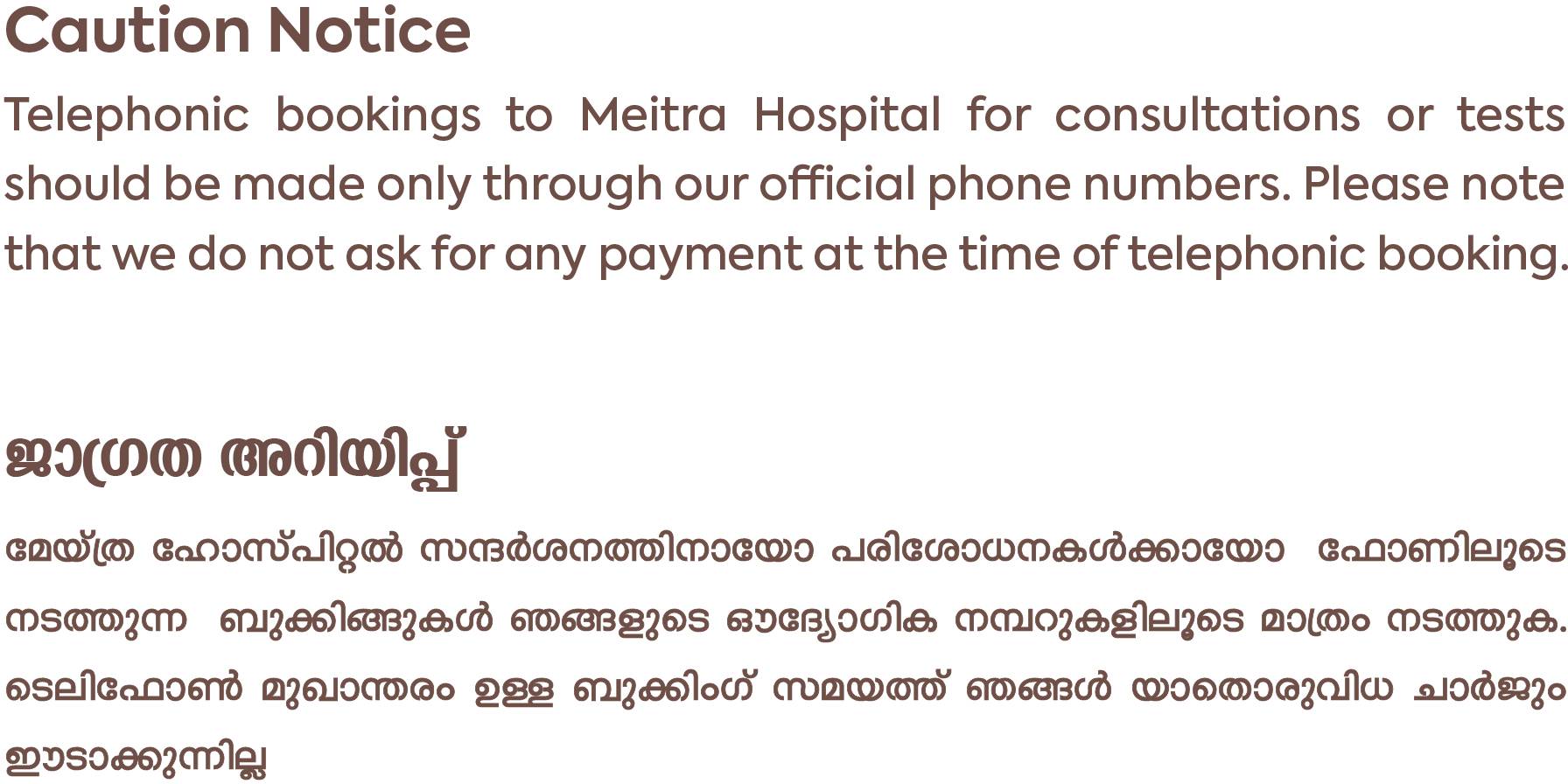- Our Doctors
- Our Specialities
Centres of Excellence
-
 Centre for Blood Diseases, BMT & Cancer Immunotherapy
Centre for Blood Diseases, BMT & Cancer Immunotherapy -
 Centre for Bone, Joint & Spine
Centre for Bone, Joint & Spine -
 Centre for Critical Care Medicine and ECMO Services
Centre for Critical Care Medicine and ECMO Services -
 Centre for Gastrosciences
Centre for Gastrosciences -
 Centre for Heart & Vascular Care
Centre for Heart & Vascular Care -
 Centre for Nephro-Urosciences
Centre for Nephro-Urosciences -
 Centre for Neurosciences
Centre for Neurosciences -
 Centre for Obstetrics and Gynaecology
Centre for Obstetrics and Gynaecology -
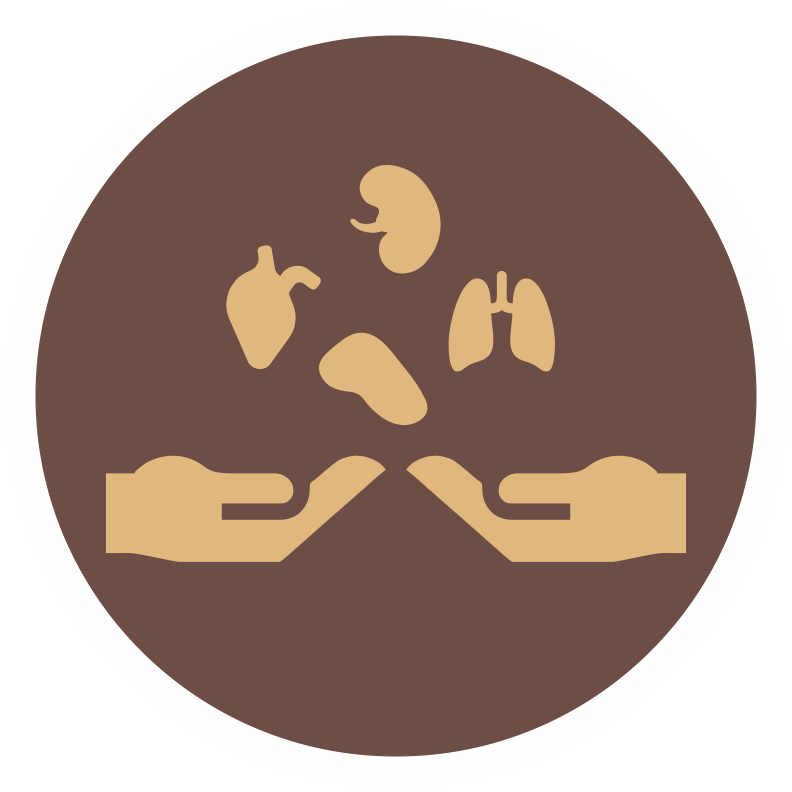 Centre for Organ Transplantation
Centre for Organ Transplantation
Super Speciality
-
 Advanced Diagnostic and Interventional Radiology
Advanced Diagnostic and Interventional Radiology -
 Anesthesiology & Pain Management
Anesthesiology & Pain Management -
 Clinical Nutrition and Dietetics
Clinical Nutrition and Dietetics -
 Dental and Maxillofacial Surgery
Dental and Maxillofacial Surgery -
 Dermatology
Dermatology -
 Emergency and Trauma
Emergency and Trauma -
 Endocrinology and Metabolic Disease
Endocrinology and Metabolic Disease -
 ENT and Head & Neck Surgery
ENT and Head & Neck Surgery -
 Family Medicine
Family Medicine -
 General and Laparoscopic Surgery
General and Laparoscopic Surgery -
 General Medicine
General Medicine -
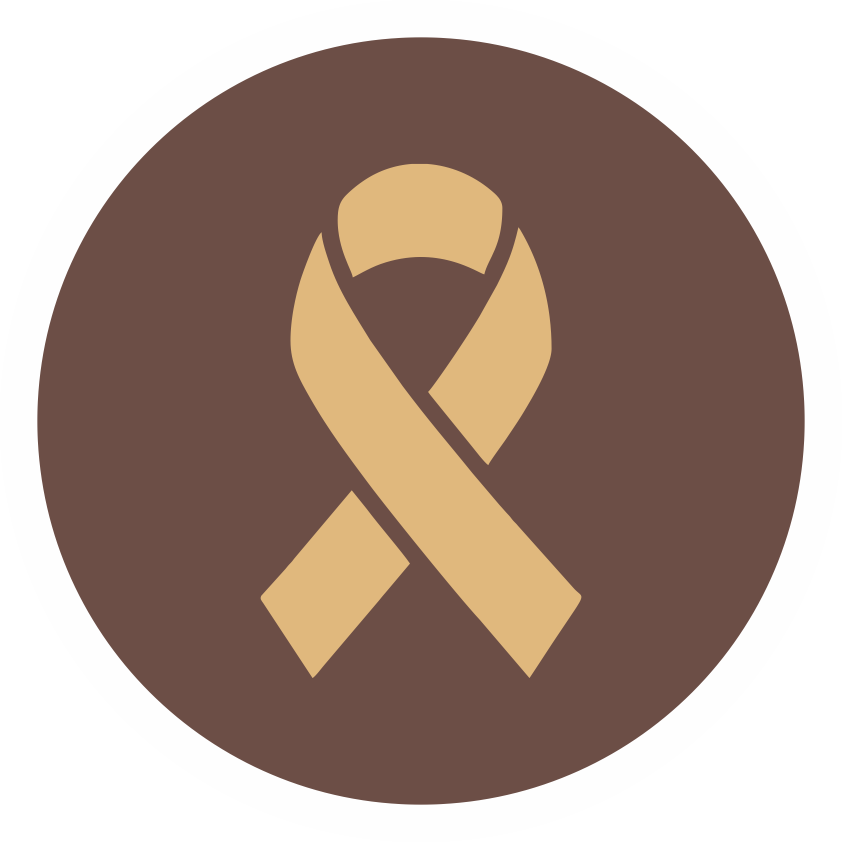 GI Onco Surgery
GI Onco Surgery -
 GI Oncology
GI Oncology -
 GI Surgery, Advanced Laparoscopy and Gastro Oncosurgery
GI Surgery, Advanced Laparoscopy and Gastro Oncosurgery
-
- Key Procedures
- Our Hospitals
- International Patient
- Contact us
-
Quick Links
Blogs
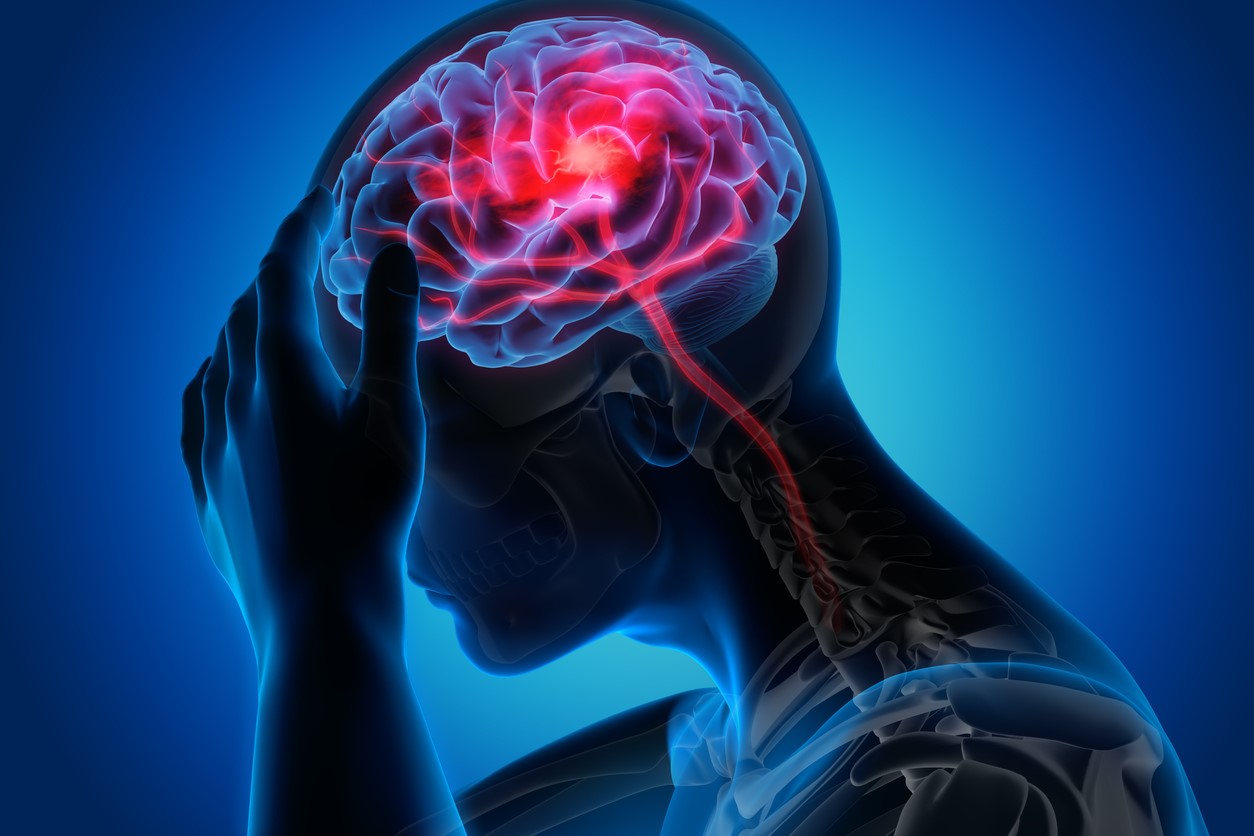
World Stroke Day | Why Doctors Vouch for Neuro Interventional Procedures to Manage Stroke?
Over the last few decades, India has come to the forefront of making significant developments in the healthcare sector to eradicate and control the increase in the spread of both communicable and non-communicable diseases.
Stroke, out of the many non-communicable diseases such as diabetes, hypertension and obesity, is the second most common cause of death in India with nearly one stroke case being reported every 40 seconds.
During a stroke, a blockage in the artery of the brain happens due to blood clot or fatty deposits that result in restricting adequate blood flow to a part of the brain. This causes damage to the cell and its death. Unfortunately, for stroke patients, time is crucial to save themselves and once the clock of survival starts ticking, mainly from the onset of experiencing the symptoms, administering proper medical treatment is important. The Golden Hours, as we term it, is the window of 6 hours from the time of symptoms that must be used to give the required treatment to the patient to avoid any paralysis as well as to save a life.
Since the severity of the condition and damages caused due to stroke may vary from patient to patient, the treatment approach also differs depending on the health and risk assessment. Neurologists, in such conditions, either take the medical interventional route or carry out a neuro-interventional procedure to ensure that the blood flow is restored by dissolving the clot, either by bursting / lysing the same or physically removing the clot, thus saving the life of the patient before it affects the quality of his life.
Some of the patients may be found eligible for using clot-bursting medication depending on the type and severity of the stroke. For others, the narrow window of Golden Hour may require an intra-arterial treatment to combat the situation. Taking the neuro-interventional treatment approach allows the neurointerventionist / neurologist to use minimally invasive procedures to navigate to the blood vessels using a catheter and deliver medications or physically remove the clot to ensure maximum effectiveness. This helps in restoring blood flow and removing the blockage.
Without any surgery and scar this is now a preferred technique of managing strokes within the stipulated time. This treatment approach is safe, and according to several clinical studies, is a more definite approach of saving a life post suffering a stroke. It requires physicians to manage the cases with special expertise, make immediate decisions depending on the patient’s condition and assess the risk factors such as other comorbidities.
Latest Posts
-
 Awake Craniotomy Jul 12, 2022
Awake Craniotomy Jul 12, 2022 -
 Curing Constipation Jul 12, 2022
Curing Constipation Jul 12, 2022 -
 The ‘Gut Health’ Buzz Jul 12, 2022
The ‘Gut Health’ Buzz Jul 12, 2022 -
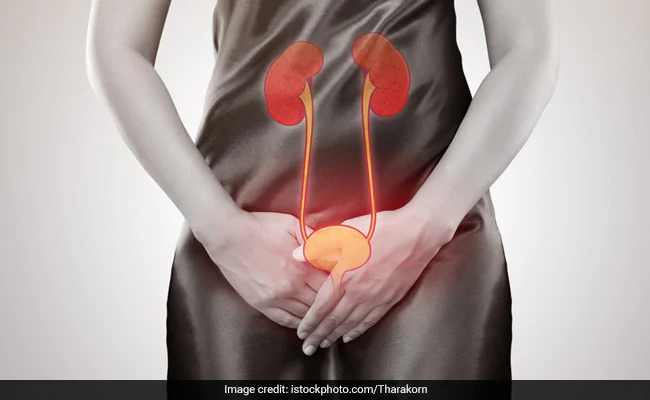 Tips to Prevent UTI Jul 12, 2022
Tips to Prevent UTI Jul 12, 2022
Categories
- Clinical Nutrition and Dietetics
- Endocrinology and Metabolic Disease
- General and Laparoscopic Surgery
- General Medicine
- Physical Medicine and Rehabilitation
- Psychiatry
- Centre for Heart & Vascular Care
- Centre for Bone, Joint & Spine
- Centre for Neurosciences
- Centre for Gastrosciences
- Centre for Nephro-Urosciences
- Centre for Blood Diseases, BMT & Cancer Immunotherapy
- Centre for Obstetrics and Gynaecology

 +91 9393 108 108
+91 9393 108 108


